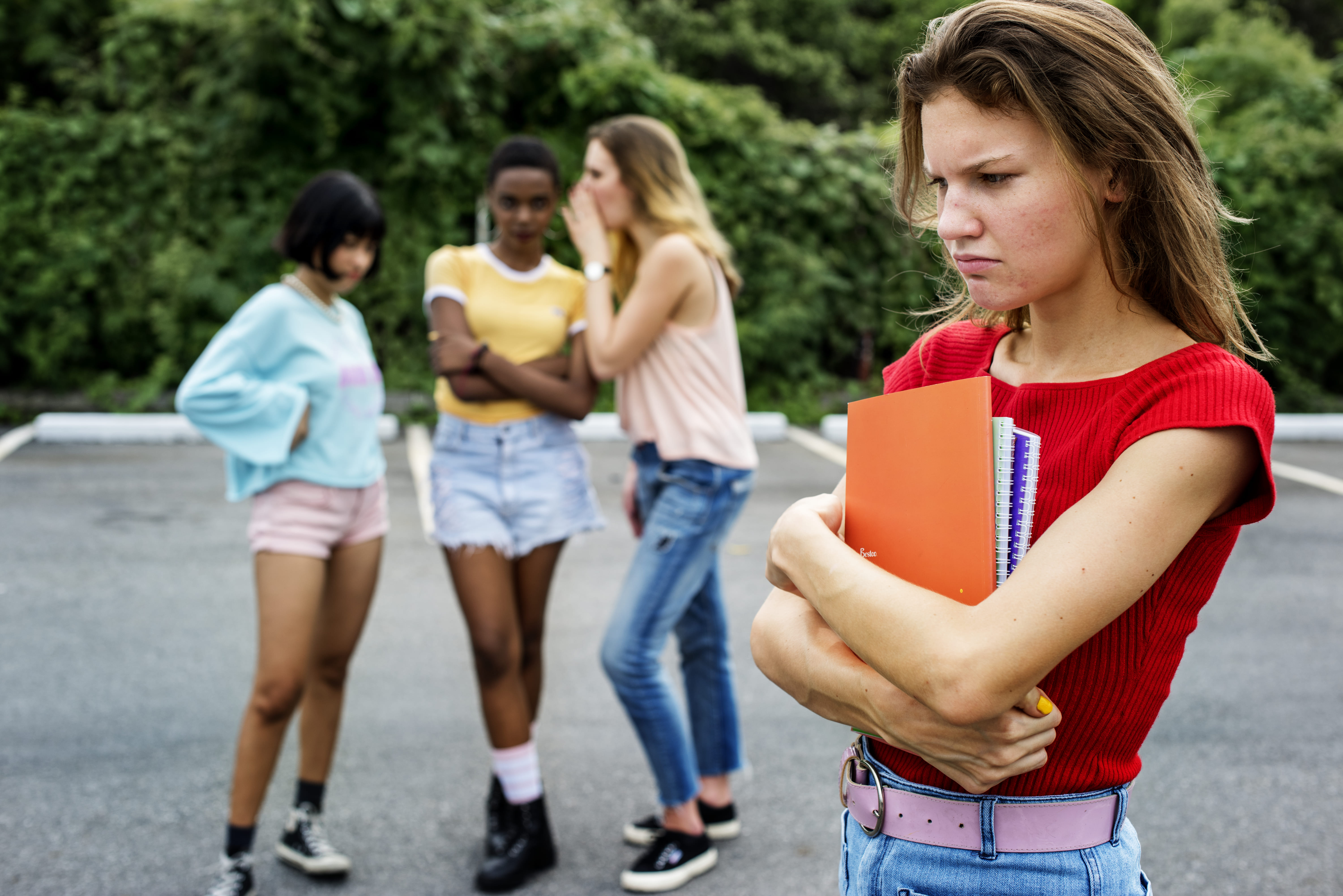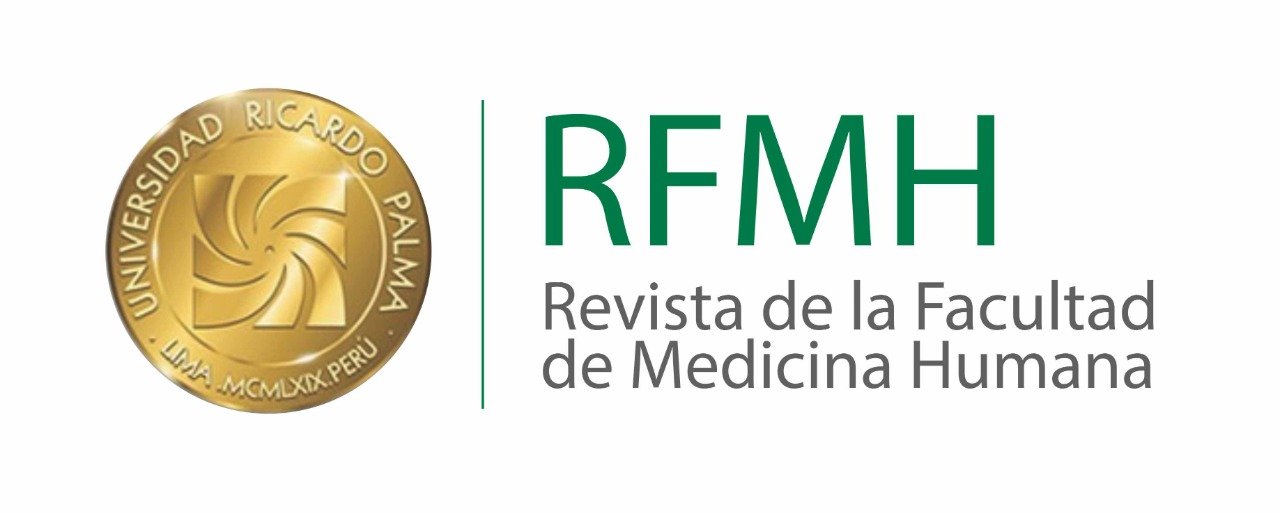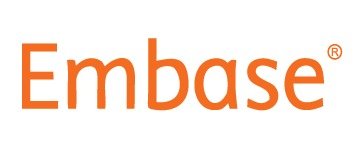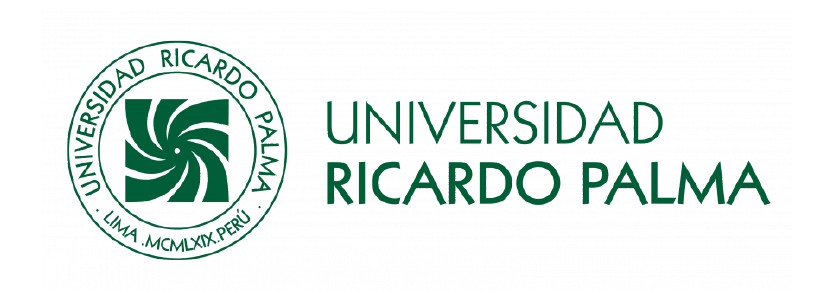COMPARATIVE STUDY OF INDICATORS OF MALADJUSTED PSYCHOSOCIAL BEHAVIOR AMONG HIGH SCHOOL STUDENTS WITH HIGHER AND LOWER PROPENSITY TO BULLYING BEHAVIOR
ESTUDIO COMPARATIVO DE INDICADORES DEL COMPORTAMIENTO PSICOSOCIAL DESAJUSTADO ENTRE ESTUDIANTES DE SECUNDARIA CON MAYOR Y MENOR PROPENSIÓN A LA CONDUCTA DE BULLYING
DOI:
https://doi.org/10.25176/RFMH.v23i4.6391Keywords:
bullying; stress, self-esteem, violenceAbstract
Introduction: Bullying is harmful behavior in school contexts, affecting students' lives. Objective: To identify and compare indicators of maladjusted behavior in students with different propensities to bullying. Methodology: This descriptive and quantitative study used surveys and a comparative followed by correlational design to assess maladjusted behaviors (stress, low self-esteem, incivility, family maladjustment, propensity to violence) in secondary students from Lima and Callao. The non-probabilistic sample included 1345 first and second-year students, divided into two groups based on their bullying propensity (high -Group E- and low -Group C-). Scales from the INDACPS inventories and the Bullying Propensity Scale (BPS) were applied, analyzing data with SPSS v.25 and Jamovi. Differences between groups were assessed using the Mann-Whitney U test, and variable correlation was determined using Spearman's correlation. Results: Group E had higher levels of stress, low self-esteem, incivility, family maladjustment, and propensity to violence, with statistical significance (p<0.001) compared to Group C. Statistically significant correlations were found between the propensity to bullying and these indicators, being stronger in the total sample (p<0.001). Additionally, significant gender differences were observed in stress, low self-esteem, family maladjustment, and propensity to violence, but not in incivility and bullying propensity. Conclusion: Students with a higher propensity to bullying exhibit higher levels of stress, low self-esteem, incivility, family maladjustment, and propensity to violence, underscoring the importance of comprehensive interventions.
Downloads
References
Referencias
Fuentes EA, Carvallo PR, Poblete SR. Acoso escolar (bullying) como factor de riesgo de depresión y suicidio. Rev Chil Pediatría. 2020;91(3):432–9. doi:10.32641/andespediatr.v91i3.1230
Estado Peruano. ¿Qué es el bullying? - Tipos de bullying [Internet]. Plataforma digital única del Estado Peruano. 2023 [citado el 15 de diciembre de 2023]. Disponible en: https://www.gob.pe/23940-que-es-el-bullying-tipos-de-bullying
Romera EM, Carmona-Rojas M, Ortega-Ruiz R, Camacho A. Asociación bidireccional entre el ajuste normativo y la agresión en acoso escolar en la adolescencia: un estudio longitudinal prospectivo. Rev Psicodidáct. 2022;27(2):132–40. doi:10.1016/j.psicod.2022.03.001
Rojas M del CH, Guamán AED, Rodríguez MPL. Efectos del Bullying en el bajo rendimiento escolar en los estudiantes ecuatorianos: una revisión documental. MENTOR Rev Investig Educ Deport. 2023;2(4):41–52. doi:10.56200/mried.v2i4.5309
Orozco CAG, Fernández AL. Autoestima y factores de bullying en estudiantes de bachillerato de la provincia de Chimborazo. Rev Eugenio Espejo. 2021;15(3):49–58. doi:10.37135/ee.04.12.06
Balluerka N, Aliri J, Goñi-Balentziaga O, Gorostiaga A. Asociación entre el bullying, la ansiedad y la depresión en la infancia y la adolescencia: el efecto mediador de la autoestima. Rev Psicodidáct. 2023;28(1):26–34. doi:10.1016/j.psicod.2022.10.001
Briseño T, Corzo I. El rol del docente en situaciones de bullying: una revisión documental. FORHUM Int J Soc Sci Humanit. 2020;2:66–77. doi: 10.35766/jf20236
Miranda R, Oriol X, Amutio A, Ortúzar H. Adolescent Bullying Victimization and Life Satisfaction: Can Family and School Adult Support Figures Mitigate this Effect? Rev Psicodidactica. 2019;24(1):39–45. doi:10.1016/j.psicod.2018.07.001
Kerman B. Una visión panorámica del fenómeno bullying. Calidad de Vida y Salud [Internet]. 2010 [citado el 7 de diciembre de 2023];3(2). Disponible en: http://revistacdvs.uflo.edu.ar/index.php/CdVUFLO/article/view/47
Ríos Vinasco AS. Factores Familiares, Sociales y Emocionales presentes en tres jóvenes entre 11 y 13 años. Victimarios de Bullying en la institución educativa Nuestra Señora de Chiquinquirá en el municipio de Roldanillo Valle [Tesis de grado]. Roldanillo, Colombia: Universidad Antonio Nariño; 2023 [citado el 7 de diciembre de 2023]. Disponible en: http://repositorio.uan.edu.co/bitstream/123456789/8569/1/2023_AnaSofiaRios.pdf
Aparicio-Flores MP, Lopez-Gallardo C, Gonzalvez C, Perez-Garcia A, Granados L, García-Fernández JM. Agresividad y comportamiento de rechazo a la escuela en niños. Rev Espac [Internet]. 2020 [citado el 7 de diciembre de 2023];41(23). Disponible en: https://www.revistaespacios.com/a20v41n23/20412323.html
Sanchez Carlessi HH. Metodologia y diseños en la investigacion cientifica [Internet]. 6a ed. H. Hugo Sanchez Carlessi; [citado el 7 de diciembre de 2023]. 216 p. Disponible en: https://www.sancristoballibros.com/libro/metodologia-y-disenos-en-la-investigacion-cientifica_53685
Sánchez Carlessi HH, Mejía Sáenz KB. Investigaciones en salud mental en condiciones de pandemia por el COVID-19. Repos Inst - URP [Internet]. 2020 [citado el 7 de diciembre de 2023]; Disponible en: https://repositorio.urp.edu.pe/handle/20.500.14138/3311
Carlessi HHS, Romero CR, Gil RRP. Construcción y validación de una escala de conducta de bullying para estudiantes secundarios. Scientia [Internet]. 2023 [citado el 7 de diciembre de 2023];25(25). Disponible en: https://revistas.urp.edu.pe/index.php/Scientia/article/view/6300
Wall Emerson R. Mann-Whitney U test and t-test. Journal of Visual Impairment & Blindness. 2023;117(1):99–100. doi:10.1177/0145482X221150592
D’Angelo L. Tamaño de efecto, potencia de la prueba, factor de Bayes y Meta-análisis en el marco de la crisis de reproducibilidad de la ciencia. El caso de la diferencia de medias -con muestras independientes- [Internet]. Zenodo; 2020 [citado el 7 de diciembre de 2023]. doi:10.5281/zenodo.3749404
Mondragón Barrera MA. Uso de la correlación de Spearman en un estudio de intervención en fisioterapia. Mov Científico. 2014;8(1):98–104.
Cohen J. A power primer. Psychol Bull. 1992;112(1):155–9. doi:10.1037//0033-2909.112.1.155
. Reyes Báez S. La influencia del humor sobre los tipos de conductas: incívicas e inmorales [Trabajo de grado]. Tenerife, España: Universidad de la Laguna; 2019 [citado el 7 de diciembre de 2023]. Disponible en: https://riull.ull.es/xmlui/bitstream/handle/915/15430/La%20influencia%20del%20humor%20sobre%20los%20tipos%20de%20conductas%20incivicas%20e%20inmorales.pdf?sequence=1&isAllowed=y
Mírez Tarrillo P del S. Violencia familiar, una revisión teórica del concepto [Tesis de bachiller]. Lambayeque, Perú: Universidad Señor de Sipán; 2019 [citado el 7 de diciembre de 2023]. Disponible en: https://repositorio.uss.edu.pe/handle/20.500.12802/5871
Carlessi HHS. Salud mental, salud psicológica y desajustes del comportamiento. Cienc Psique. 2022;1(1):13–29. doi:10.59885/cienciaypsique.v1n1.01
Guzmán-Castillo A, Bustos N. C, Zavala S. W, Castillo-Navarrete JL. Inventario SISCO del estrés académico: revisión de sus propiedades psicométricas en estudiantes universitarios. Ter Psicológica. 2022;40(2):197–211. doi:10.4067/S0718-48082022000200197
Soriano JLT, Mendívil REA. El estrés académico y su relación en la calidad de vida de estudiantes de un colegio residentado del Perú. Revista Cuidado y Salud Pública. 2022;2(2):63–8. doi:10.53684/csp.v2i2.55
Gaffney H, Ttofi MM, Farrington DP. What works in anti-bullying programs? Analysis of effective intervention components. J Sch Psychol. 2021;85:37–56. doi:10.1016/j.jsp.2020.12.002
Gabrielli S, Rizzi S, Carbone S, Piras EM. School Interventions for Bullying-Cyberbullying Prevention in Adolescents: Insights from the UPRIGHT and CREEP Projects. Int J Environ Res Public Health. 2021;18(21):11697. doi: 10.3390/ijerph182111697

Downloads
Published
How to Cite
Issue
Section
License
Copyright (c) 2024 Revista de la Facultad de Medicina Humana

This work is licensed under a Creative Commons Attribution 4.0 International License.





























